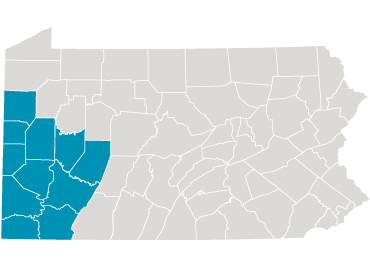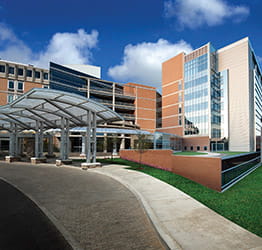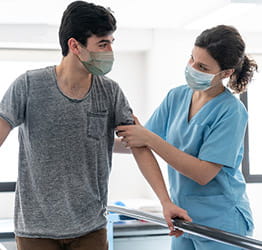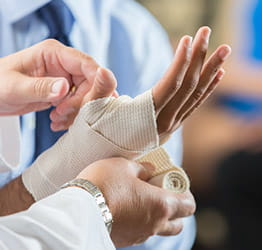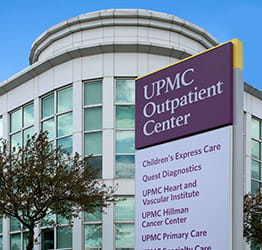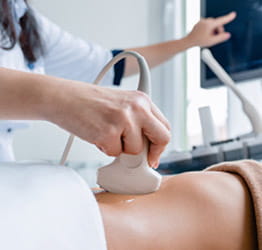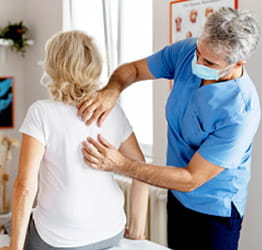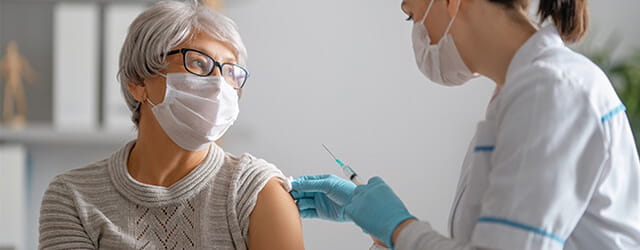Overview
Upper bodylift, or a bra-line lift, is a surgical procedure designed to remove excess skin of the upper back that extends to the side of the chest. It is a procedure that commonly is performed in patients who have lost a large amount of weight and have loose sagging skin.
This procedure can dramatically tighten the loose skin of the back and improve the extra rolls on the back, but comes with a visible permanent scar that runs along the bra line. This procedure is performed most commonly with a breast lift for women or chest contouring procedures for men, giving the entire upper body a rejuvenated appearance.
Who Is a Candidate?
Patients of any age with loose skin on the back may be candidates for this procedure.
Before the Procedure
Your plastic surgeon will perform a comprehensive evaluation of your lower body including any scars from previous surgeries.
Your plastic surgeon will give you specific guidelines about preparing for surgery including:
- Smoking cessation
- Medications to avoid
- When to take your prescribed medications
- Proper washing techniques
- Restrictions regarding eating and drinking the night before surgery
Procedure Details
Your plastic surgeon will listen carefully to your concerns about excess skin of the back and side chest, and your surgical goals and expectations. The length and position of the scar on your back can usually be limited to the location of a bra for women, and the surgeon can draw the approximate scar location on your skin with a medical skin marker.
A common alternative to removal of the skin is liposuction. Although this option usually avoids a long scar and may deflate some of the rolls of the back, it may make the loose skin worse. The risks and benefits of all procedures will be discussed in greater detail at your initial consultation.
It’s important to know that although the upper bodylift can have a significant impact on the upper back, it will not change the appearance of lowest part of the back or the buttocks. The low back and buttocks may be best treated by a lower bodylift. Your surgeon may recommend performing an upper body lift and a lower body lift at separate times to maximize safety, and to achieve the best results.
In addition to the aesthetic evaluation, your surgeon will perform a careful evaluation of your overall health, as well as issues that could cause complications, such as:
- Blood pressure
- Bleeding tendencies
- History of adverse scar formation after previous surgeries
Where Will the Surgery Be Performed?
The surgery usually is performed as an outpatient procedure. If it is combined with other operations, you may need to stay one or two nights in the hospital. You must be driven to and from the hospital by a friend or family member.
Type of Anesthesia
An upper bodylift is done under general anesthesia.
Immediate Postoperative Recovery
In most cases, patients may experience pain in upper back and side of the chest for the first two or three days. Compressive wraps are placed around the chest and back.
Short-term Recovery
In most cases, patients will be able to go out in public in four to five days but vigorous physical activity is limited for four weeks following surgery.
Risks
An upper bodylift tightens the skin on the buttocks and thighs but does involve a permanent scar, and is considered major surgery. In addition to the risks associated with anesthesia, infection and bleeding can occur but are uncommon. Not every person is a candidate for this procedure, and your risks may be greater or different than those of other patients.
Your plastic surgeon will review all potential risks and complications with you prior to the surgery.
Anticipated Results
An upper bodylift usually produces a tightened and more attractive appearance of the upper back and helps with the appearance in clothes. The permanent scar may stay thick and red, but tends to fade over time and reaches its final appearance over 12 to 18 months.





